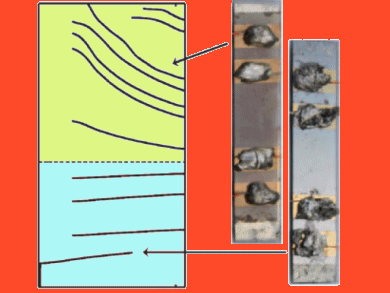Plastic Wires
Researchers at the Universities of Queensland and New South Wales in Australia have discovered that the ability of a plastic to conduct electricity can be tuned by exposure to an ion beam. Usually plastics conduct electricity so poorly that they are used as the insulation around electrical cables. However, the team was able to tune the properties of a plastic film using an ion beam so that it conducted electricity like the metals used in the electrical wires themselves–and even passed electric current without resistance, materials which do this are known as superconductors. To demonstrate a potential application of this low-cost, robust, and flexible material, the team produced electrical resistance thermometers that meet industrial standards.
Ion beam techniques are widely used in the microelectronics industry to tailor the conductivity of semiconductors such as silicon. Attempts have been made to adapt this process to plastic films since the 1980s, with limited success. While the use of argon and krypton ion beams leads to a substantial increase in electrical conductivity, the resulting films remain insulators. The team took an alternative approach, known as ion beam metal-mixing, where a thin film of metal is deposited on a plastic sheet and mixed into the polymer surface using an ion beam. They found that this can produce conducting plastics with metallic or even superconducting properties.
Remarkable Tunability
“The process allows us to cover over ten orders of magnitude in electrical resistance and access three distinct regimes of conductivity -insulator, metal and superconductor- with a single material system”, says Andrew P. Stephenson, lead author of the paper. This remarkable tunability is achieved by a careful choice of the species used for the ion beam. Stephenson and colleagues start with a polyetheretherketone (PEEK) film coated with a nanoscale layer of tin-antimony alloy, and use a tin ion beam to mix the metal into the plastic surface. This results in an efficient and stable blending of the metal-polymer surface. Furthermore, the conductivity of the resulting material can be tailored precisely by tuning the initial metal film thickness, beam energy and beam dose.
This level of tunability and control in electrical resistance lends itself naturally to the application of resistance temperature measurement. As a demonstration of this potential application, the team tested their films against an industry standard platinum resistance thermometer, obtaining comparable accuracy. As well as being inexpensive, flexible and easily produced with equipment commonly used in the microelectronics industry, these materials are vastly more tolerant of exposure to oxygen compared to standard semiconducting polymers such as polyhexylthiophene or pentacene. “Combined, these advantages may give ion-beam-processed polymer films a bright future in the on-going development of soft materials for plastic electronics applications –a fusion between current and next-generation technology”, the researchers say.
- A Tunable Metal–Organic Resistance Thermometer
A. P. Stephenson, A. P. Micolich, K. H. Lee, P. Meredith, B. J. Powell
ChemPhysChem 2010.
DOI: 10.1002/cphc.201000762




